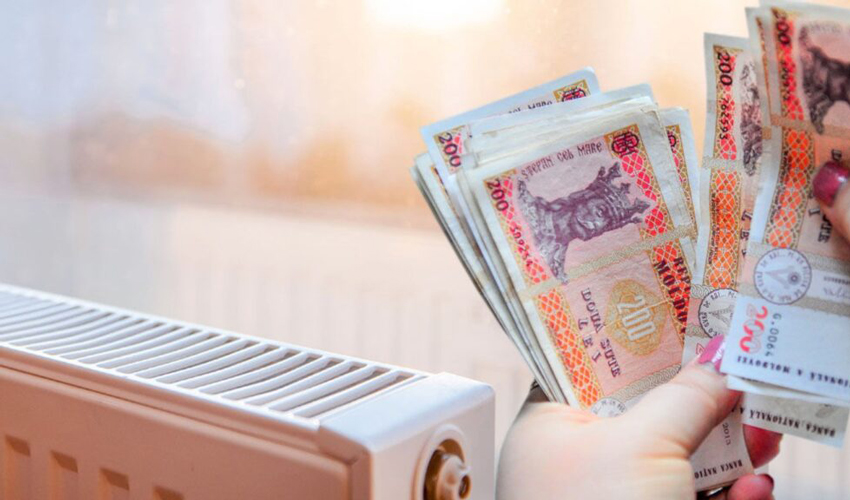
Households installing heat pumps together with photovoltaic panels were taken into account. As a rule, an average house needs 3.5 kW to cover its electricity consumption, and about 7 kW when a heat pump is installed. Accordingly, the changes provide sufficient reserve to cover their own consumption even when using heat pumps or electric machines.
The individual power limit was introduced with the transition from the “net metering” support mechanism, which has met its targets, to “net billing” in 2024.
The reason was that the mechanism designed to strictly cover the beneficiary’s own consumption was also used for commercial purposes: many exceeded the capacity of their PV installations and sold the excess energy. In addition, some consumers used the electricity distribution networks as “storage” systems for free, as the legislation allowed electricity produced in summer to be delivered to the grid and then consumed in winter.
As a result of the new net billing mechanism, the average installed PV capacity decreased by 42% for individuals and 12% for legal entities by 2024.
The proposed changes will allow for a more equitable distribution of capacity, and the renewable energy system will become more accessible to a wider range of beneficiaries, including households and small businesses.
“This will reduce the financial burden on households and help increase the purchasing power of citizens while supporting economic development in local communities,” said Secretary of State Carolina Novac.
It should be added that the changes proposed by the ministry would also include biogas and wind farms in the net billing mechanism.













